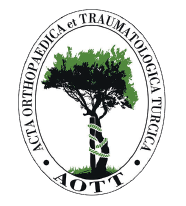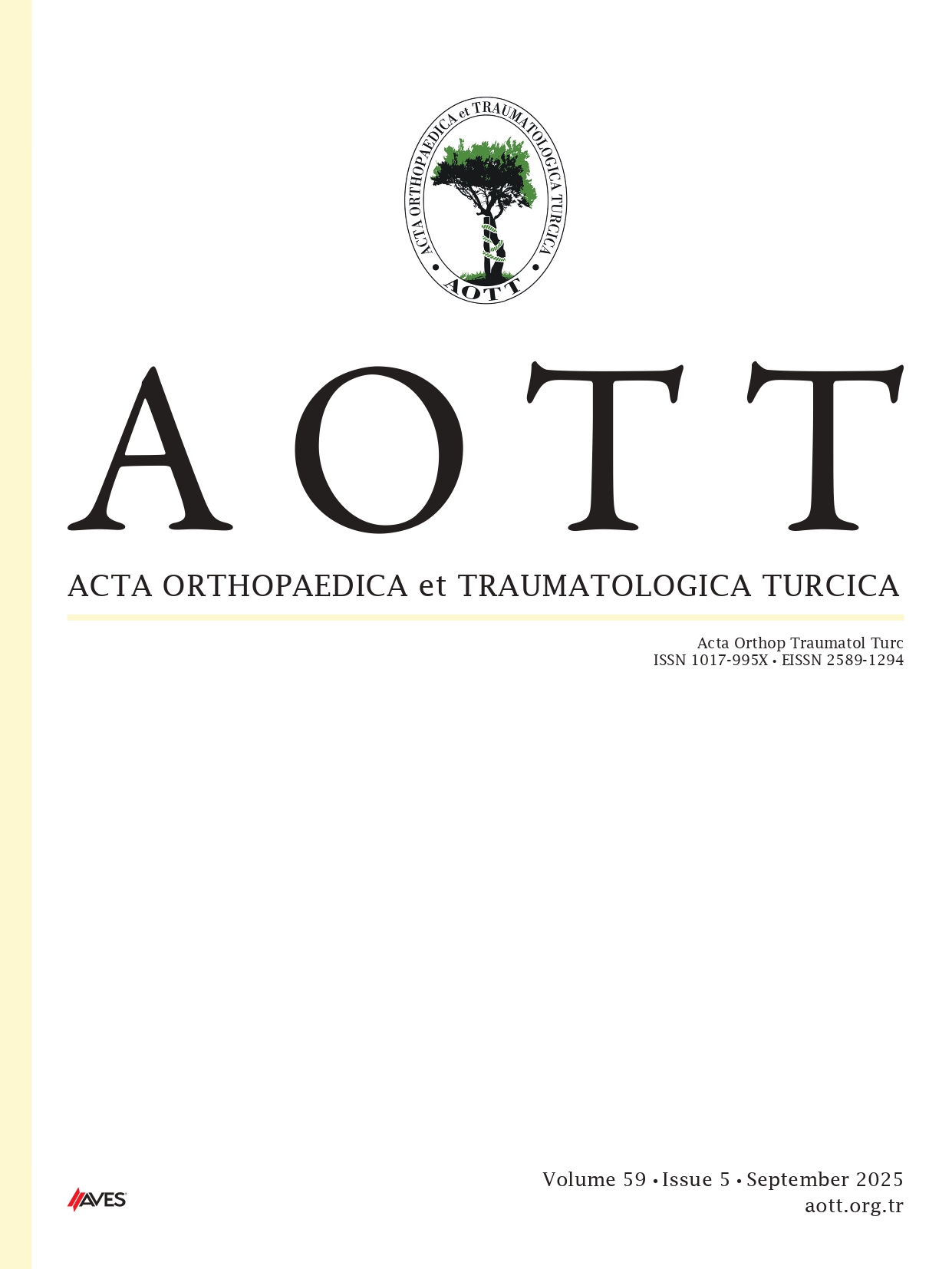Objective: While many biomechanical studies have compared various biotenodesis materials for biceps tenodesis, there is a lack of research comparing different types of interference screws. This study aimed to compare the impact of a polyether ether ketone (PEEK) forked eyelet tenodesis screw with the traditional PEEK closed eyelet whipstitching technique. The focus was on evaluating the occurrence of Popeye deformity, which is an objective predictor of a successful arthroscopic suprapectoral long head of biceps tenodesis.
Methods: A retrospective analysis was conducted on patients who underwent arthroscopic rotator cuff repair and biceps tenodesis performed by a single surgeon between January 2010 and 2020 at a single center. The follow-up period was at least 1 year. Exclusion criteria included previous shoulder surgery and osteoarthritis. Patients were divided into 2 groups based on the type of tenodesis anchor used: forked eyelet tenodesis screw versus closed eyelet tenodesis screw. The occurrence of Popeye deformity was compared between the 2 groups.
Results: A total of 82 patients who underwent arthroscopic rotator cuff repair and biceps tenodesis were evaluated, with a mean follow-up of 24.5 ± 4 months. The patients operated on using forked eyelet tenodesis screw were labeled as Group I (n=72) and those with traditional PEEK closed eyelet screw as Group II (n=10). There were no significant differences between the groups in terms of age (Group I: 59.4 ± 5, Group II: 58.4 ± 4, P=.896), gender (both groups predominantly male, P=.886), and body mass index (Group I: 26.7 ± 2, Group II: 27 ± 3; P=.896). The overall rate of popeye deformity in all patients was 8% (n=7). No significant difference in popeye deformity occurrence was observed between the 2 groups (Group I: 6/72 (8.3%), Group II: 1/10 (10%); P=.998).
Conclusion: The incidence of Popeye deformity after arthroscopic biceps tenodesis in patients undergoing concomitant rotator cuff repair is low. The choice of fixation anchor, whether a forked eyelet or closed eyelet PEEK anchor, does not significantly influence the occurrence of Popeye deformity.
Level of Evidence: Level III, Therapeutic study.
Cite this article as: Caliskan E, Buyukdoğan K, Eren I, Birsel O, Aslan L, Demirhan M. Does biceps tenodesis screw with forked eyelet decrease the risk of Popeye deformity when compared to traditional closed eyelet screws? Acta Orthop Traumatol Turc., 2025;59(2):73-78.



.png)
.png)
